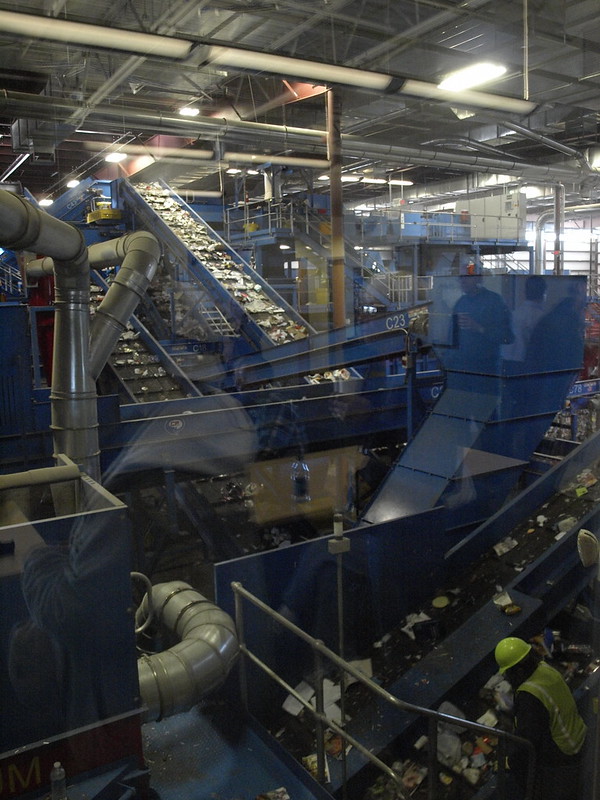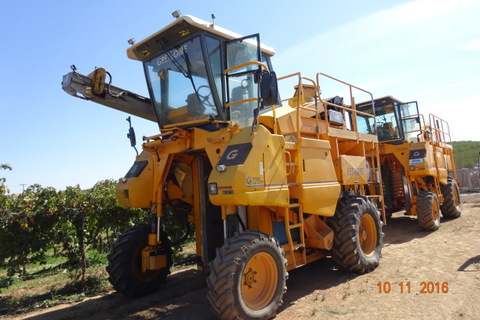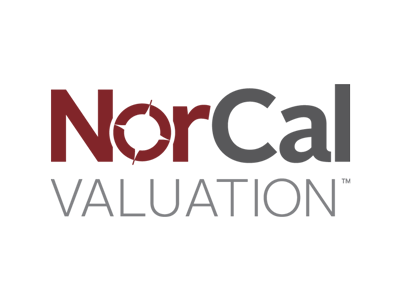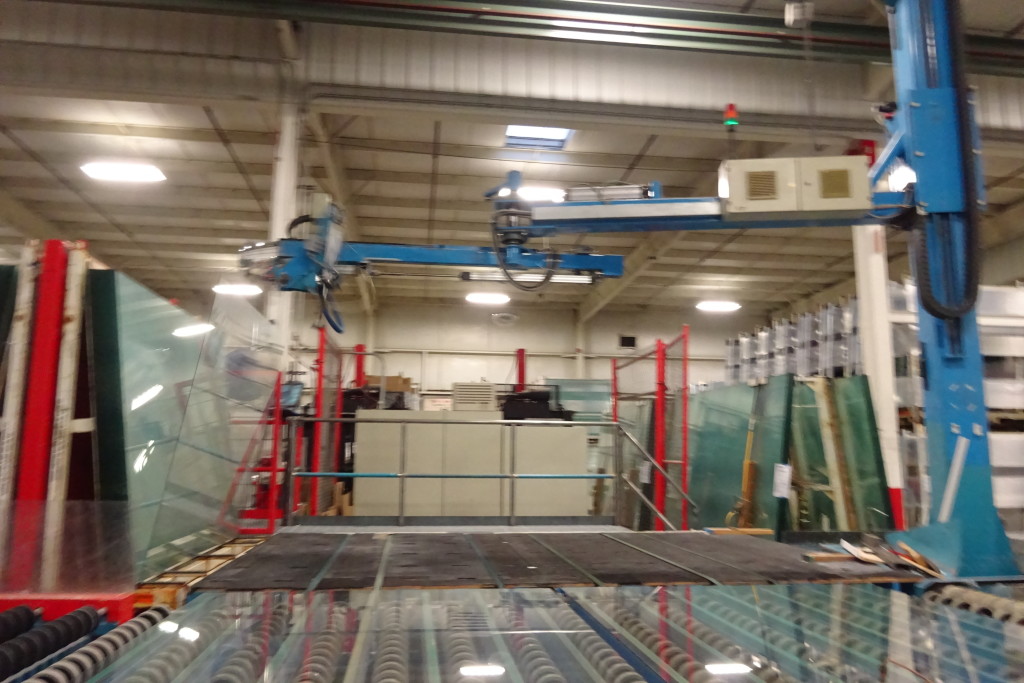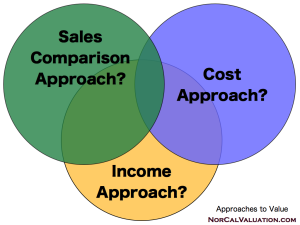
Sales Comparison Approach
Because Sales Comparison is commonly used in residential real estate appraisals it’s the appraisal method most folks are familiar with. And just as a residential real estate appraisal depends upon “comps,” so does an equipment appraisal that uses sales comparison* methodology. Using this appraisal methodology, an equipment appraiser uses comparable sales along with dealer listings, auction results, and interviews with dealers specializing in the sale of the type of equipment being appraised.
This approach, unlike Cost Approach, takes all forms of depreciation into account: physical, functional, and economic. It even includes the sometimes substantial discount for ownership that can occur when equipment goes from a status of new to used. In some cases, an equipment appraiser might be able to find comparable sales of like equipment with the same manufacturer, year and model number. In other cases, sales or listing information on similar items would be adjusted to reflect age, condition and other pertinent factors of the actual equipment being appraised. What these comparables usually don’t include is the shipping, taxes and installation costs that can be a significant part of the value of an installed piece of equipment.
Sales comparison is used regularly in equipment appraisals but it only works when the market for the type of equipment being appraised is large enough and steady; sales data must be both reliable and readily available. When the market is limited – or nonexistent – it’s time to consider another approach to determining value.
Cost Approach
Cost Approach, as you might suspect from the name, is based on the purchase price, or cost, of the equipment and takes into account the theory of substitution: a prudent investor would not pay more for an asset than the cost to replace it new. Calculating value using this approach begins with determining a current replacement cost new (RCN) of the equipment and then adjusting, as with comparable sales, for physical deterioration, functional obsolescence, and economic obsolescence. This approach is particularly handy for valuing installed equipment with a significant amount of costs associated with design, fabrication, shipping, installation, calibration taxes, etc.
Sometimes information on RCN can be obtained by trending the purchase price up to the RCN using the Producer Price Index for the specific industry in question. Another method – especially when appraising custom equipment – is to consult manufacturers, vendors and published price lists. In the case of specialty or custom-built equipment or machinery, vendors and price lists aren’t particularly helpful, so instead, the equipment appraiser generally needs to interview the manufacturer that built the equipment or machinery being valued: What would it cost to build it again today, taking into account current technology and other variables? The answer may not be what you’d expect!
For example, I recently appraised a small fleet of mobile wine bottling trucks. It turned out that replacement cost new for a truck was actually lower than the cost of the original bottling unit! And sometimes it’s not reasonable to build the same equipment again. Given advances in technology, materials, or processing procedures, equipment of like utility may be remarkably different than the original machine, bringing us back full circle to the theory of substitution, a guideline to keep in mind no matter which of the 3 approaches to value an equipment appraiser might be using.
Income Approach
This approach uses the income stream that a piece of equipment or machinery creates to estimate its value. Just think about that for a minute … I’m sure you’re not surprised to hear that because of the difficulty of determining which percentage or amount of income should be allocated to a single piece of machine in a food processing facility, a manufacturing plant, or a heavy equipment repair shop, this methodology is rarely used in equipment valuation situations.
It’s difficult to speculate about when the Income Approach might be appropriate for an equipment appraisal. Cases with a direct association between the item and the related cash flow are rare. Leased heavy equipment, like aircraft, is one of the only areas in the M&E appraisal world where we often see the legitimate use of Income Approach.
Several years ago I was reviewing a valuation report for a very old heavy duty frame straightening machine and was surprised to see that the opinion of value was based on Income Approach. I called the local dealer of the frame straightening machine and learned that there were no comps in the marketplace because the machine was so old hardly anyone knew how to operate it. In the dealer’s mind that equipment was scrap. A faulty choice of approach to value, combined with neglect of the theory of substitution, resulted in an absurd and indefensible value. You can read more here about how this inappropriate use of Income Approach created a valuation crisis.
An Appropriate Approach
Choosing the appropriate valuation methodology depends primarily on what data is available for the subject assets; it’s also worthwhile to consider the purpose of the appraisal. In some situations, it may be appropriate to use different approaches for different assets in the same appraisal. And of course, whenever using Cost Approach or Income Approach, an equipment appraiser should always verify whether the value conclusion is supported by market data, as discussed in point 3 in this post about red flags in appraisals.
If you have questions about the appropriate approach to value for your equipment, or you’d like to discuss your appraisal situation with us, call our office at 530.795.5536 or use this contact form. We look forward to talking with you!
Jack Young, ASA, CPA
NorCal Valuation Inc.
*Sales Approach may also be known as market approach, but since all approaches to value are driven by some type of market, this designation has fallen out of favor and is rarely used in the appraisal industry.

